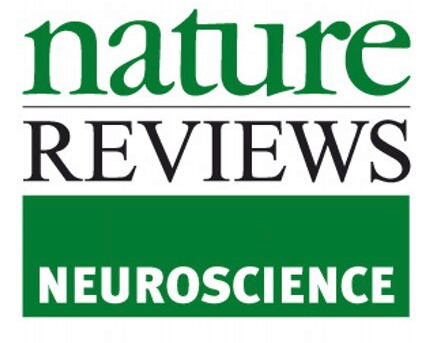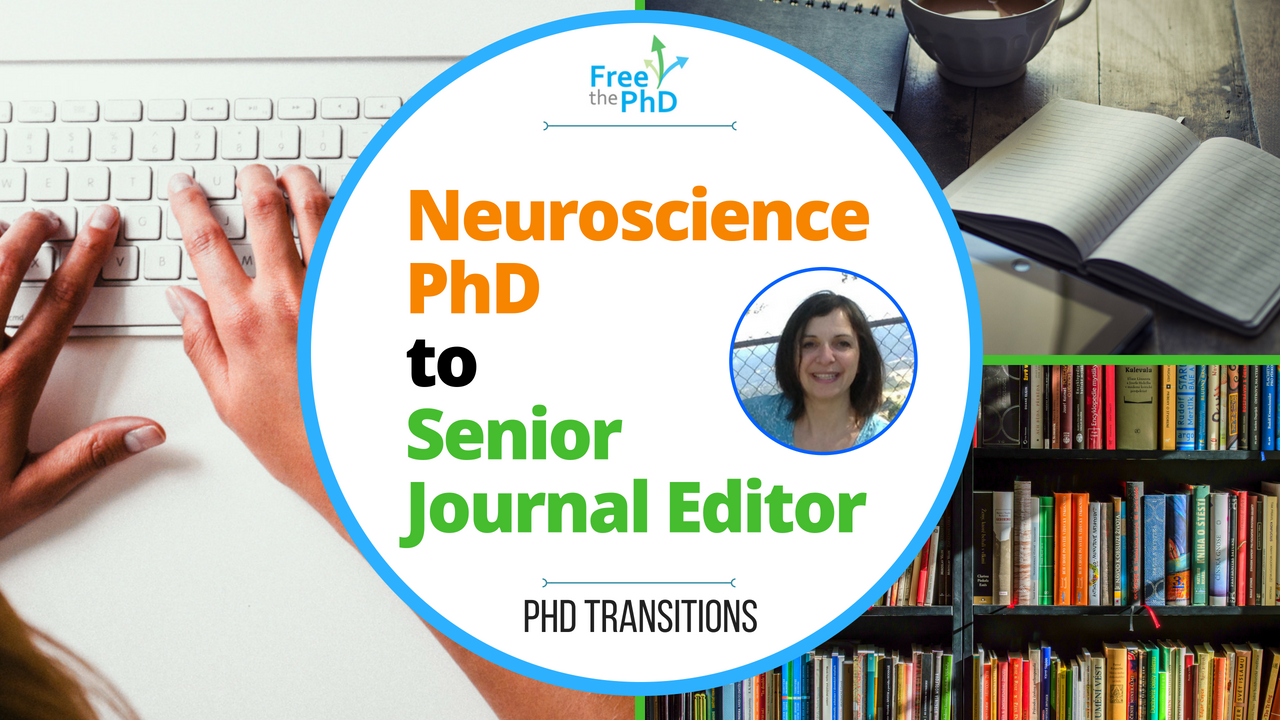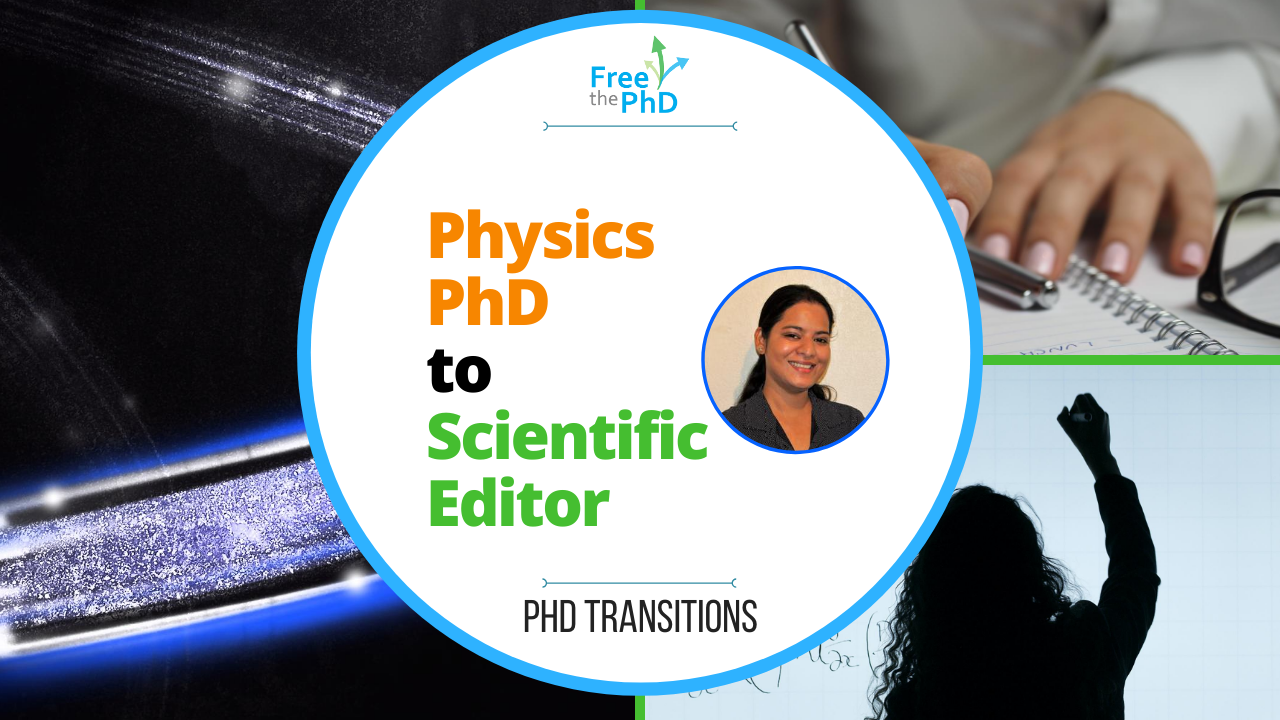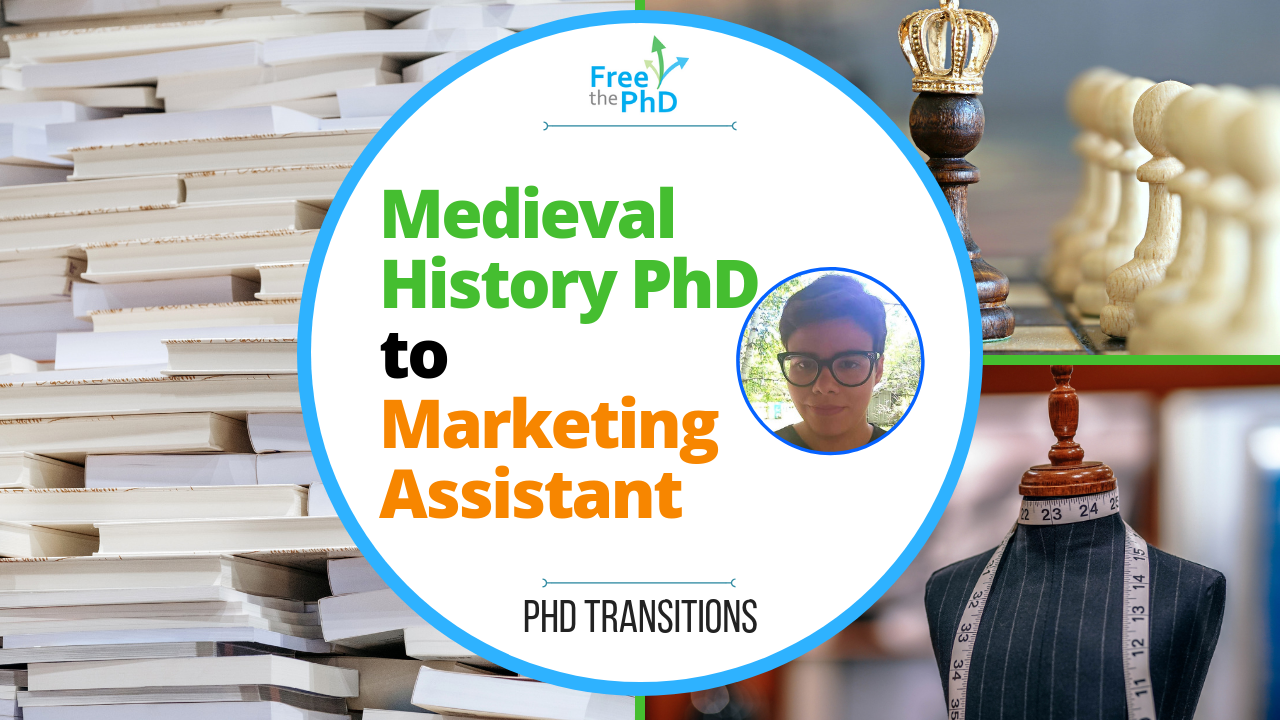Sian Lewis, Ph.D., is a Senior Editor at Nature Reviews Neuroscience. She has spent the past 20 years of her professional career helping scientists communicate their research findings, coordinating the publication of scientific results, and highlighting scientific paradigm shifts in the field. How did she make the transition from working hands-on with mice to getting a bird’s eye view of new scientific directions? Let’s find out!

Mesmerized by the Brain
Sian was first exposed to neuroscience through her undergraduate degree course in pharmacology, which included learning about the neurological underpinnings of major depressive disorder and schizophrenia. This fired up her interest in understanding more about the science underlying brain function. “I thought it was so fascinating – how the neurobiology underlying things as ephemeral as emotions and feelings could be studied,” she said. “It was a no brainer that I would go on to study neuroscience, beginning with a PhD and then going into basic research.“
Examining Brain Activity Using Immediate Early Genes
During her PhD, Sian studied the molecular signatures underlying certain behaviors using a group of transcription factors called immediate early genes (IEGs). These genes are switched on following neuronal activation. Sian studied the factors influencing IEG expression in the brain in a variety of seizure models and also looked at the downstream effects on expression of genes encoding opioid peptide precursors. During her post doc, she was fortunate to work on a variety of behavioural models, including rodent models of anxiety and pain, correlating behaviour with changes at the cellular-molecular level. The diversity of this research was ideal for a future career that involved covering the full breadth of the field of neuroscience. In the lab, Sian found herself consistently more interested in the high level trends in her field, as opposed to the day to day details of conducting experiments.
“I was very happy doing research,” she said, “but I always found myself drawn to the top level ideas, and how they advanced with each new group of findings. I loved seeing how our understanding of neurobiology is in a constant state of evolution. Most exciting are the paradigm shifts, like the field of glial biology. When I was at university, glia were thought to be just trophic support for neurons – now look where we are!”

From a Postdoc to Scientific Publishing as a Career
As she wrapped up her work in her first postdoctoral position, Sian was in the process of applying for more postdoc positions when she came across a different kind of option for her career. During her lab days, Sian had always loved reading Trends journals. “I’d been aware of them when I did my PhD, and would make photocopies of interesting papers in the library,” she said. These publications publish short review articles written by leaders in the field that summarize and amalgamate individual research studies into high level overviews. Sian found this article format particularly fascinating, as it discussed advances in understanding at a conceptual level in the context of the broader scientific landscape.
“At this time, in the Nineties, the Trends journals were pretty unique,” she said. “There were relatively few reviews being published in the scientific literature. They had a somewhat informal feel, reflecting their origins as a newsletter, publishing mini-reviews and including cartoons.” While she was on the job hunt, Sian bumped into a friend who worked in the Trends office, which at the time was based in Cambridge, England, where Sian was completing her post doc. The friend mentioned that there was an opening at the review journal Trends in Neurosciences (TINS), and suggested that she should apply.
“I applied for the Assistant Editor position,” she said, “and I got it.” She started her new career with enthusiasm stemming from her genuine interest and excitement about the role. “I remember walking up the steps to the building that housed TINS thinking, ‘this is the first day of the rest of my life’. And I was right!“

Owning Scientific Trends as a Profession
As an Assistant Editor but with no previous editing experience, Sian was trained on what’s called development editing, which involved everything from fixing language errors in scientific manuscripts, to making the scientific content and “story” of each article logical and clear. Over the next year, she worked closely with many scientists and the TINS Editor to prepare and publish reviews on novel neuroscientific findings. “I loved the focus on the story,” she said. “Neuroscience is so vast and fascinating! This was all the interesting bits, without any of the daily grind.” Sian then moved to the role of Editor of Trends in Pharmacological Sciences and two years later began as editor of TINS.
“My job was to spot new emerging stories and determine who would be the best person to write the article,” she said. “That isn’t necessarily the most highly published or senior person. It might be the person who’s doing the most innovative work. I’d contact them and invite them to write an article. When that article comes in, I would do a top-level edit, and then I would then find referees and organize peer review. Then the Assistant Editor would polish the story and get it ready for publication.”

Transitioning from a Solo to Team Environment
As in many careers, transitions are often forced upon each of us by external forces. For Sian, the corporate decision of Elsevier, the Trends’ parent organization, to move the journals under the Cell Press umbrella, and also to move the Trends office physically from the UK to join Cell Press in Cambridge, MA, meant that, very reluctantly and after a decade in the role, she had to leave TINS.
After several months, as luck would have it, Nature Reviews Neuroscience (NRN) was short-staffed. Using the network she had already developed at her previous position, Sian approached the head of the department and offered to freelance for them. “I was taken on,” she said, “then a permanent position came up, and I took it.” This new work environment gave Sian the opportunity to continue doing essentially the same role as the Trends editor, but – crucially – working with other editors. “The main difference is that I work as part of a team at NRN. We have lively and productive discussions about the latest developments in the field, and we all bring something different to the table And we basically like each other, which makes for a great team dynamic – it’s a lot of fun.” Sian exercises her scientific prowess and her personal preferences for big picture science at her job every day. She reads science, writes science, talks science, and travels with scientists, discussing the latest and greatest topics coming out of the lab.
Does Sian feel like she’s been using her PhD skillsets?
“In my view, a PhD is absolutely brilliant training to understand the scientific process, interpret results and draw conclusions,” she said. “Experiencing the whole scientific process from planning experiments to writing papers is wonderful practical training. I wouldn’t have the insights that I have if I hadn’t done the PhD. It’s been extremely valuable. The only downside is that I don’t get to perform any of the original research anymore – I’m not truly at the ‘cutting edge’, but that’s a trade-off I’m willing to make to allow me to be in a job that suits me better and has greater financial security – I definitely don’t miss having to constantly worry about research funding! Being a journal editor at NRN is tremendously exciting. I read science for a living, which is an absolute privilege.”
Although Sian doesn’t miss the bench, she invites those from the bench to look towards a career in scientific publishing, if it’s the right fit. She stresses that a passion for scientific ideas and science communication – as well as the ability to demonstrate flexibility and a willingness to be a team player, are all key aspects to succeeding in scientific publishing today. “People would be surprised that we don’t get a huge number of job applicants for positions,” she said, and joked, “Why doesn’t everybody want to do my job?” Sian’s advice to fellow PhDs is to remember that for those who are interested in careers other than ‘the bench’, there are many other options out there that are suitable for different interests and personalities. “If you step outside the laboratory environment and look beyond the bench, you’ll find yourself saying, ‘wow, there’s a whole world of science-related jobs out there,” she said. “I don’t miss academia at all!”
By Vay Cao, Ph.D.
Looking to Free your PhD and land a job you’re passionate about? Sign up for our PhD Updates Email List Newsletter, and when you’re ready, join the Ultimate Career Transformation for Scientists Program for behind the scenes details on transitions and the only step by step, guided job hunt protocol you need to succeed!



